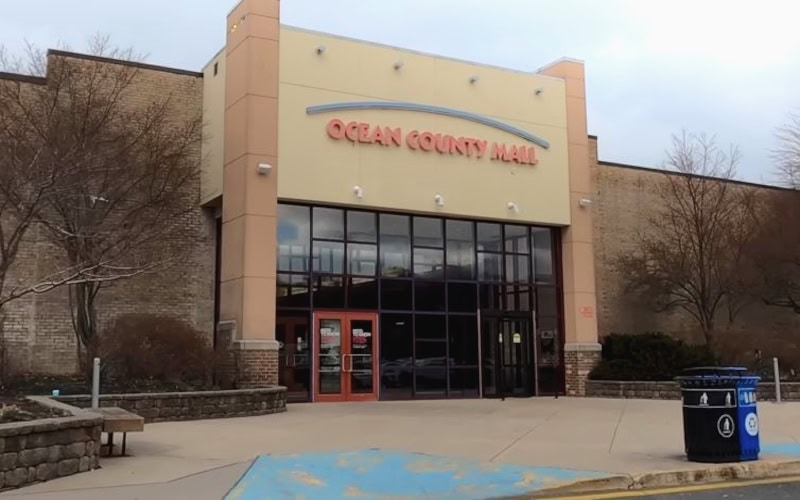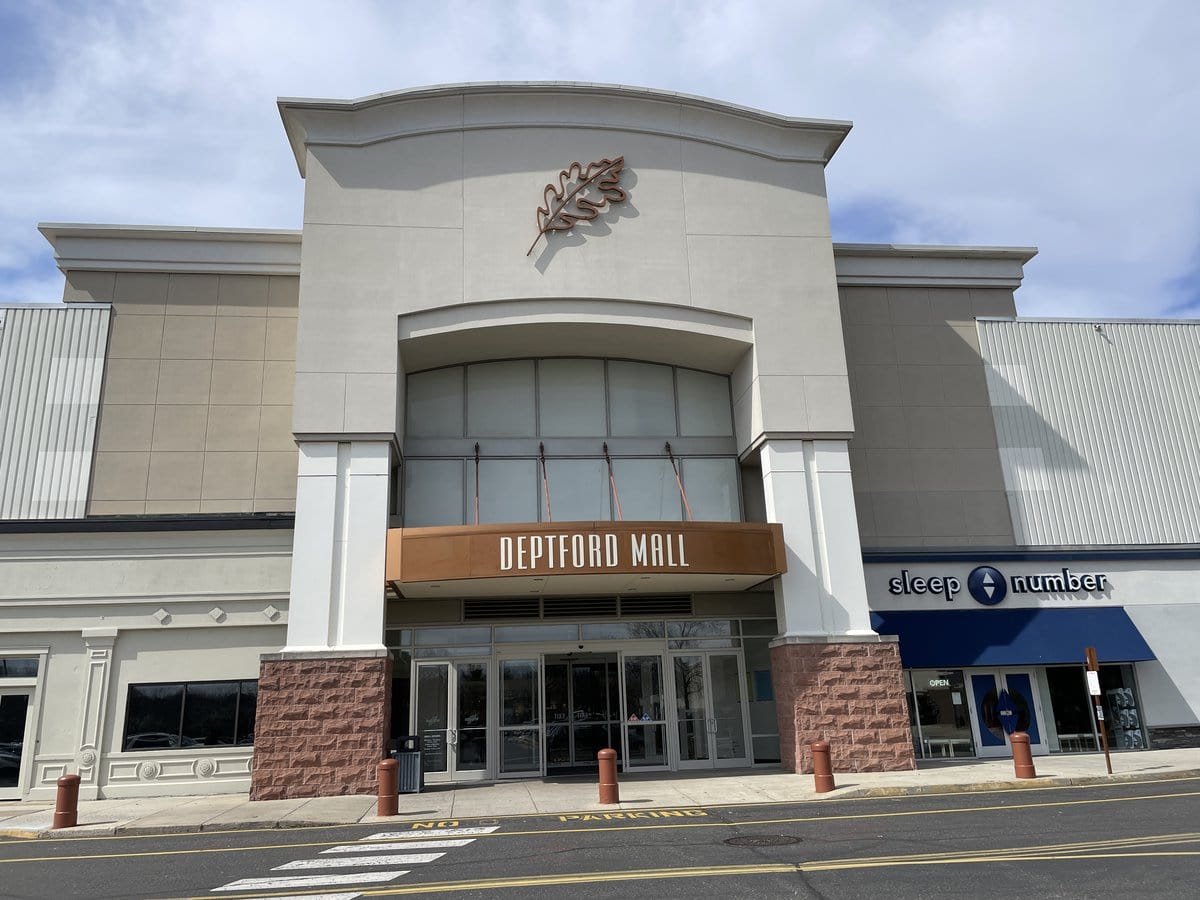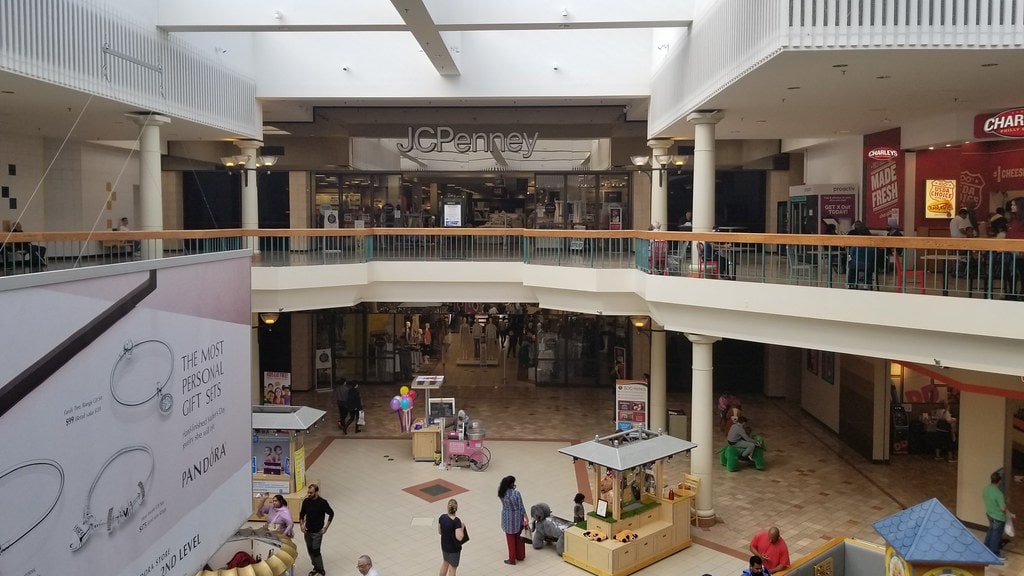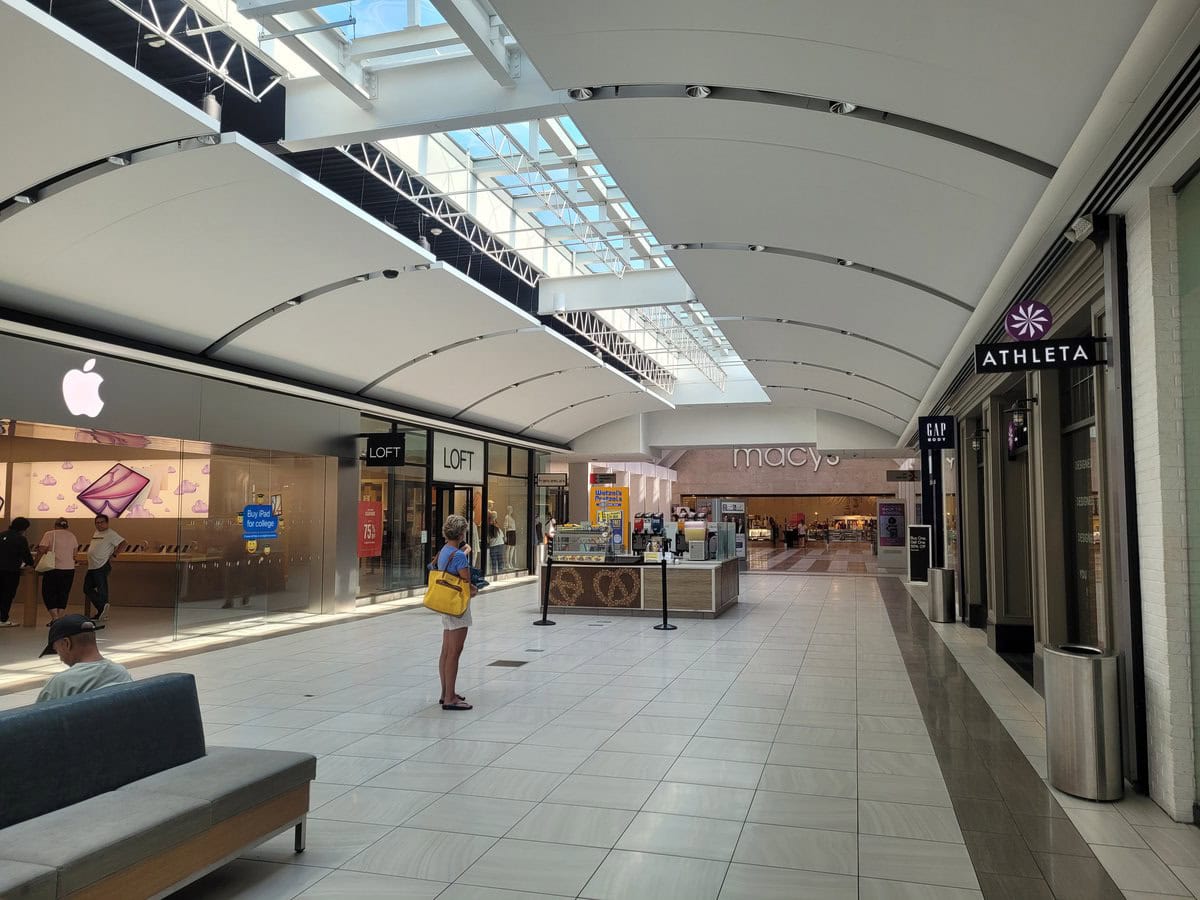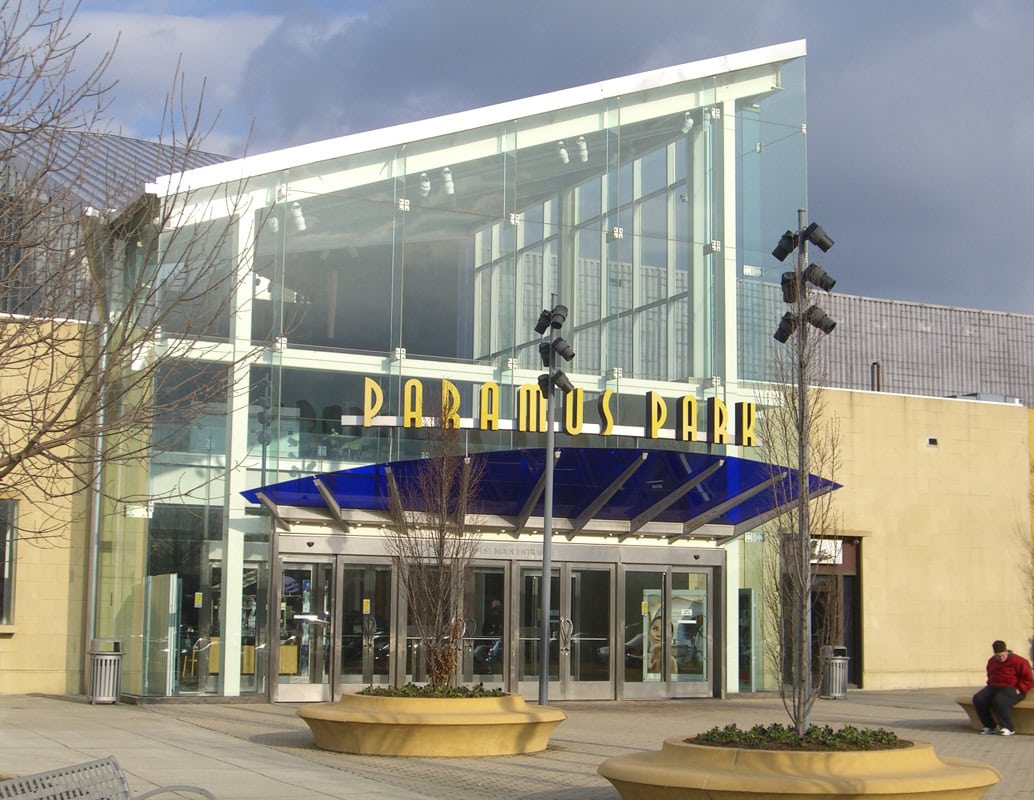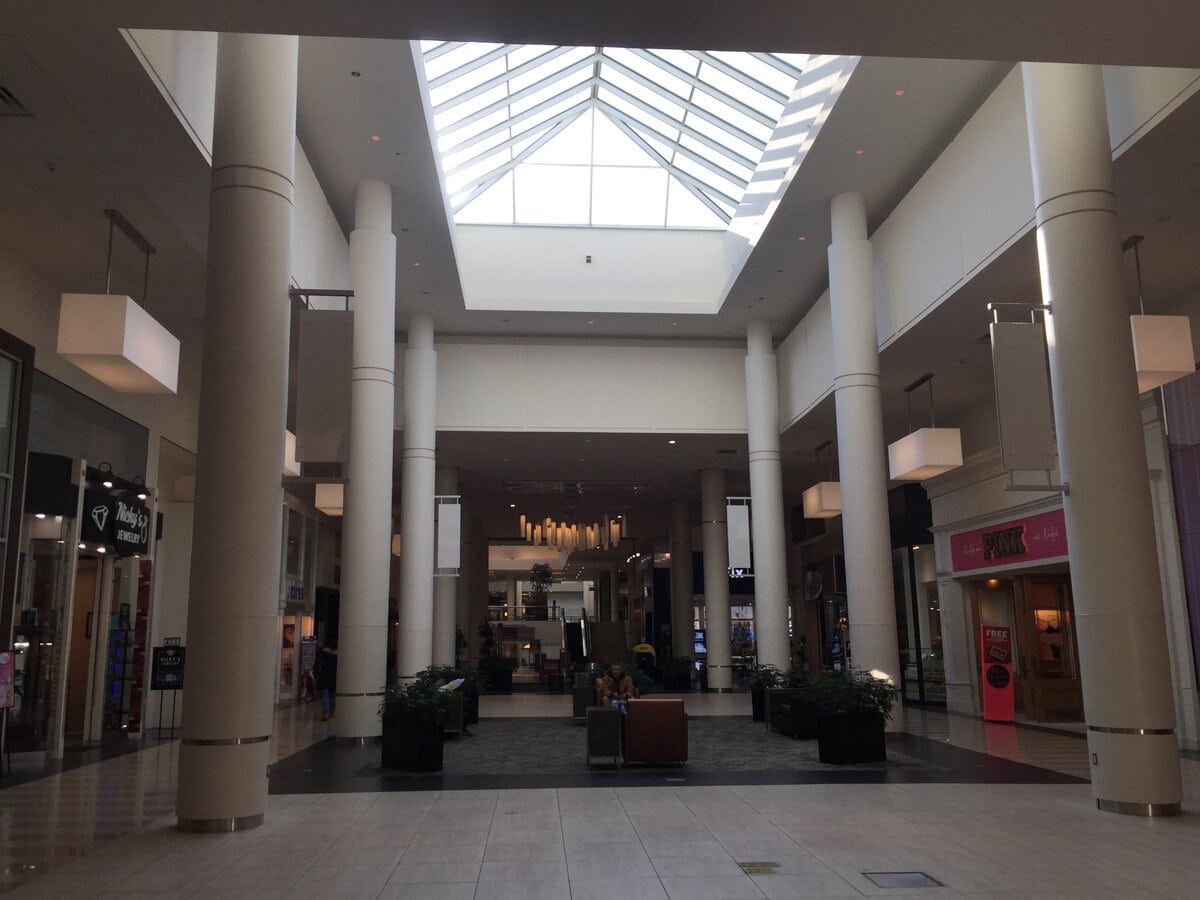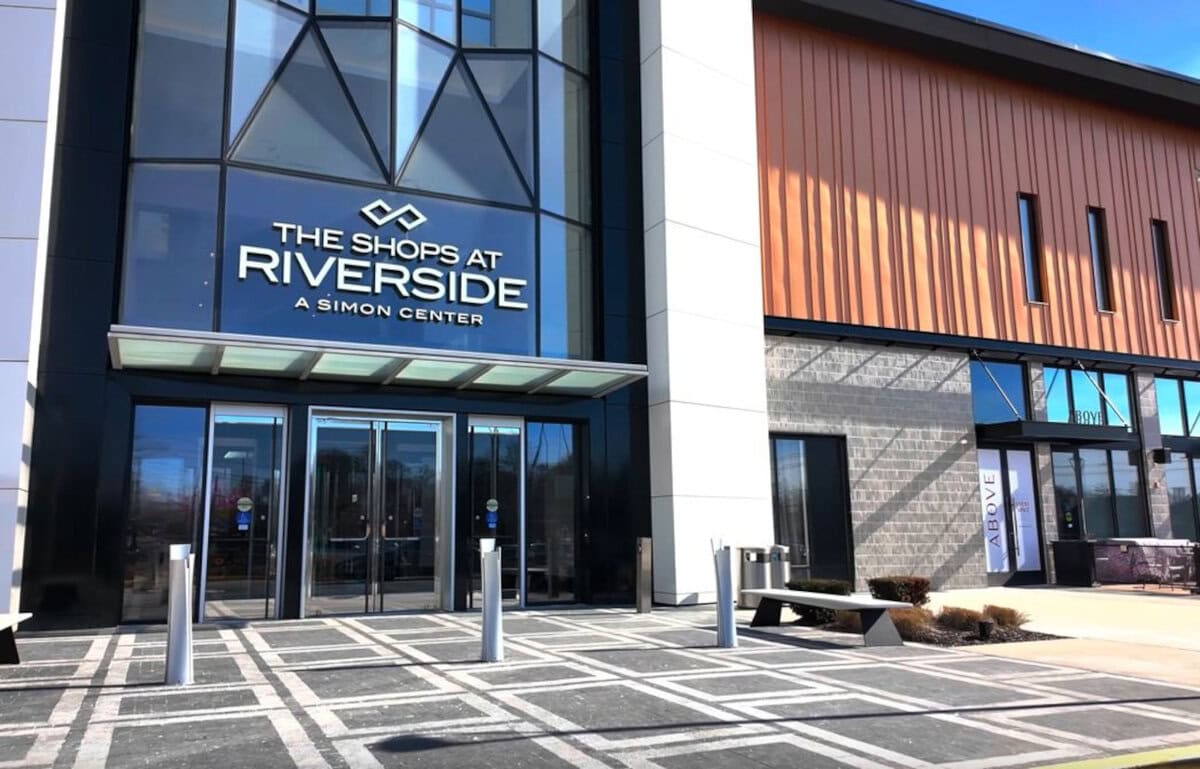Most people in Elizabeth are familiar with the Port and the Turnpike, but few can identify the city's original capital status or that Princeton University originated here.
This list rounds up some of the more surprising pieces of Elizabeth's past and present: a bridge that's been stuck open for over a decade, a church built over Revolutionary War graves, and a mayor who quietly made national history.
Even longtime residents might find something here they've never heard before.

A former capital city before Trenton
Elizabeth, originally called Elizabethtown, was founded in 1664 and served as New Jersey's first capital until 1790.
It hosted the first Colonial Assembly and Council meetings after the Declaration of Independence.
William Livingston, the colony's first governor after independence, took office here.
The city predates the capital at Trenton and operated the earliest colonial government functions.
The town was named for Elizabeth Carteret, not the queen.
Though the seat of government moved after the Revolutionary period, Elizabeth retains marker sites commemorating its early political role.
Where Princeton University began
In 1746, the College of New Jersey, the institution later known as Princeton University, opened in Elizabeth.
Its early classes and faculty met in the city before moving to its better‑known campus in Princeton in the 1750s.
That original location is now part of local history, but no campus buildings remain.
The college's founding in Elizabeth makes the city the birthplace of one of America's oldest universities and ties it to early colonial education.
Home to the world's largest sewing machine factory
In 1873, the Singer Sewing Machine Company built a massive factory on 32 acres in Elizabethport.
By the early 20th century, it employed up to 40,000 workers and produced the majority of Singer's machines worldwide.
It was the largest single‑facility workforce on earth at its peak.
The plant was self‑sufficient, housing production of parts and machinery too. It closed in 1982 and later hosted small businesses.
A major fire damaged several buildings in early 2024.
A rare four‑alarm fire at the former Singer plant
On January 5, 2024, a four‑alarm fire erupted at the former Singer Sewing Machine factory in Elizabethport, prompting more than 100 firefighters, including units from New York City, to respond.
The blaze damaged multiple buildings, causing two roofs and one wall to collapse, but did not reach the factory's oldest historical section.
No injuries were reported. Prevailing winds helped contain the blaze and protected the iconic portion of the complex facing Newark Bay.
One of the state's largest cities with a high foreign‑born share
Elizabeth had a population of 137,000 residents in the 2020 Census, making it New Jersey's fourth-largest city.
As of that count, nearly half of its residents were foreign-born and about two-thirds identified as Hispanic or Latino.
The city's demographic mix includes sizable communities from Latin America, South Asia, the Caribbean, and Angola.
This high immigrant presence shapes daily life, from restaurants to festivals, reflecting Elizabeth's longstanding role as a gateway community.
A rare movable road bridge has been left open since 2011
South Front Street Bridge in Elizabethport was built in 1922 as a bascule (movable) crossing over the Elizabeth River.
Since March 2011, it has remained permanently open and is no longer used for vehicular traffic.
Repair or reopening efforts have been under study.
Still, the bridge currently sits lifted, offering an unusual visual among remaining Union County movable spans.
Its fixed-open status marks it as the only such bridge in regular limbo rather than in operation or removed.
A Sephardic Jew becomes America's first mayor of his faith
David Naar became mayor of Elizabethtown in 1849 (sometimes cited as 1842 in borough records), shortly after serving as U.S. consul in St. Thomas.
He was the first Jewish‑faith mayor of any major U.S. community.
Born in the Virgin Islands to a Sephardic Portuguese-Jewish family, Naar had been active in politics, including at a New Jersey constitutional convention.
His election predated mayors of larger cities, making it a unique civic milestone in early American municipal governance.
Streets in circles instead of a grid
Elizabeth's road network does not follow the typical grid pattern.
Instead, many streets form concentric rings and radial spokes centered around the city's main railroad station in Midtown.
This layout came from early planning oriented toward rail transit and grew outward from the station.
The pattern contrasts with neighboring Newark or New York suburbs. It reflects Elizabeth's development around its transit hub in the 19th century.
Revolutionary‑era graves beneath a major Broad Street church
The First Presbyterian Church at 14-44 Broad Street has stood since 1783 and sits on grounds dating to colonial times.
Its churchyard holds over 2,000 graves, including those of Revolutionary War figures such as the Rev.
James Caldwell. The building and graveyard are listed on the National Register of Historic Places.
This makes the site a direct physical link to the city's role in the Revolution, with burials beneath the present structure that date back to Elizabeth's earliest days as Elizabethtown.
A neighborhood themed on literary names
In the Elmora neighborhood of Elizabeth, several residential side streets are named after 19th-century writers, including Shelley, Byron, and Browning.
These names stem from early 20th-century urban planning decisions meant to lend cultural character to the area.
Among residents was author Judy Blume, raised on Shelley Avenue.
Blume later reflected that the book-lined house and story-named streets shaped her imagination during childhood.
Elmora's street names remain a visible tribute to literary history embedded in the urban grid.

